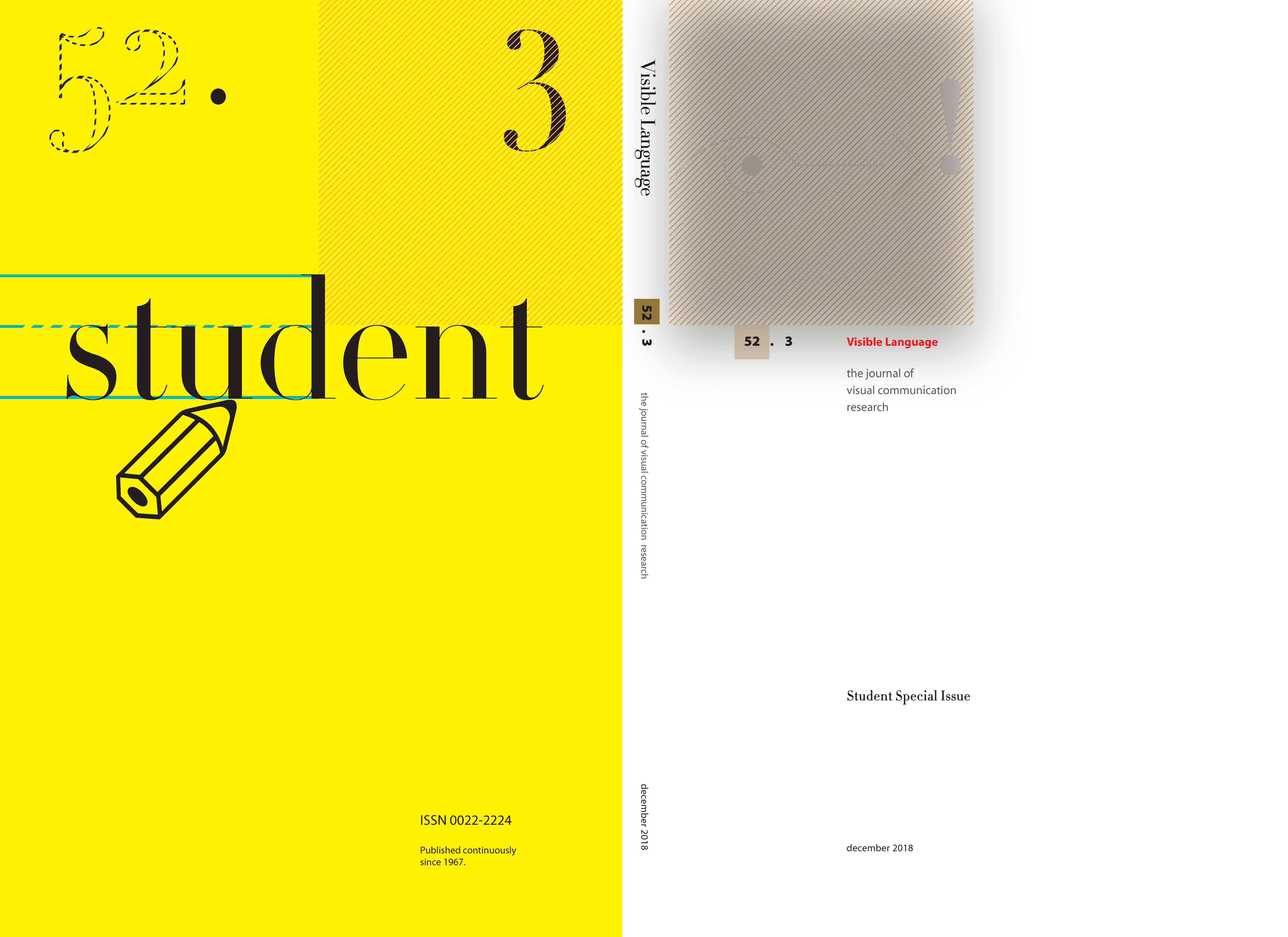Two-dimensional vs three-dimensional guide maps: which work best for museum visitors?
Keywords:
Maps, Art galleries & museums, Design, Architecture, Attitudes, Museum studiesAbstract
This study aims to investigate the relative effectiveness and appeal of two designs of printed map designed for visitors to a museum. The two maps investigated differ in the projection of the building depicted: one is a series of two-dimensional floorplans, the other is a three-dimensional (axonometric) diagram of the museum. The study included a task in which participants were asked to plot a route on the map and then find their way to a predetermined destination in the museum, using one or other of the maps. Their ability to find their way successfully was assessed, and they were asked to describe any problems they encountered following the route. The second part of the study investigated participants' opinions of the map as an aid for planning or undertaking a visit to the museum. Finally, they were shown the alternative map to the one they had tested and asked to say which one they preferred and why. The results show that there are no marked differences in the effectiveness of the two types of map to facilitate wayfinding. Opinions were divided about which type of map was most useful, though almost all participants stated a preference for one or the other. The three-dimensional map was widely considered to provide a better overview of the building as a whole, and how different floor levels were connected. However, the three-dimensional map was also perceived as more complicated by some participants, which, for a minority, made it less preferable.

